Copy That, Part 10 – Copyright Myths Busted: Top Misunderstandings
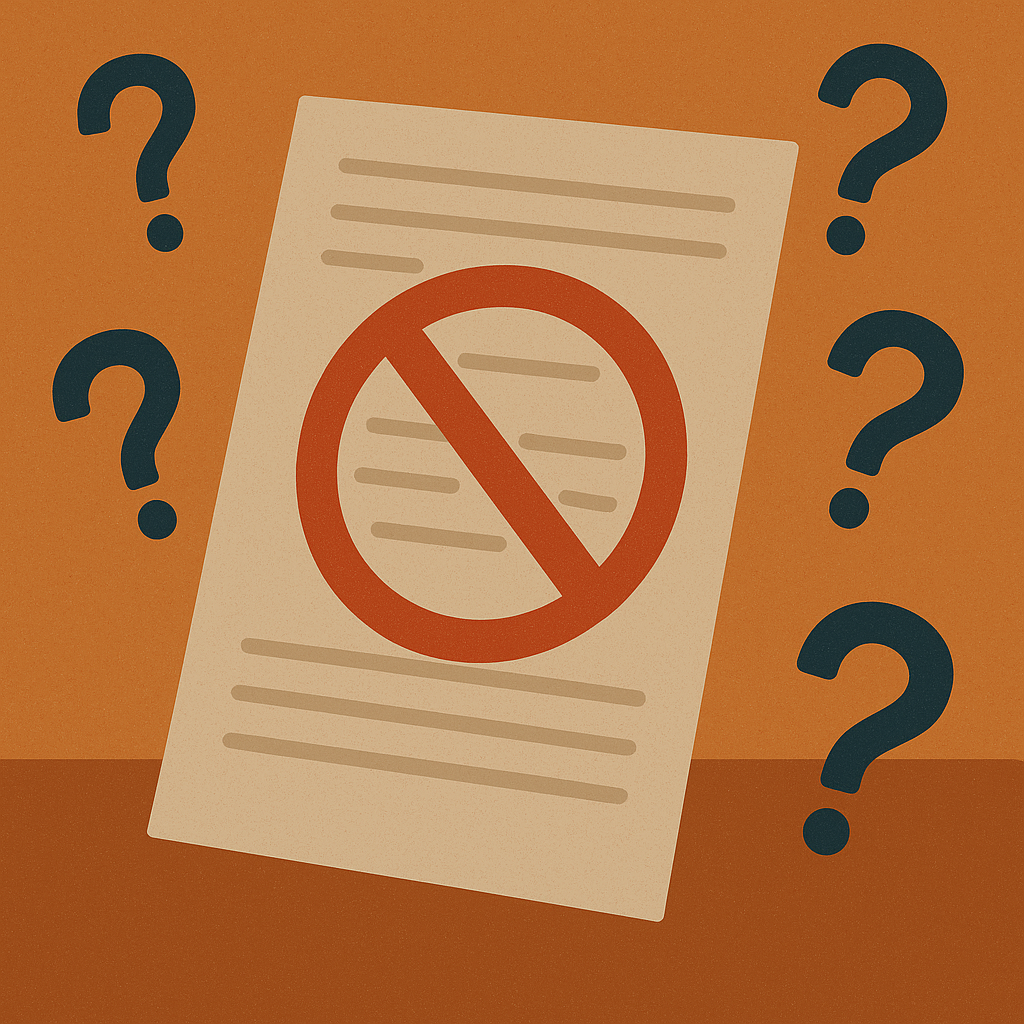 The most dangerous thing about copyright? What people think they know.
The most dangerous thing about copyright? What people think they know.
Myths abound, and they can land creators and businesses in hot water. Let’s bust a few of the biggest.
Myth 1: “If it’s on the internet, it’s free to use.”
Nope. Online doesn’t mean ownerless. Copyright applies the moment a work is created and uploaded.
Myth 2: “I gave credit, so I can use it.”
Attribution is important, but it’s not a substitute for permission. Unless a licence or exception applies, copying is still infringement.
Myth 3: “I changed it, so it’s mine.”
Derivative works—like remixes, adaptations, and mash-ups—still require permission from the original copyright owner.
Myth 4: “It’s educational, so it’s fine.”
Education has some specific statutory licences and exceptions, but they’re limited and tightly regulated. “I used it in class” doesn’t automatically mean fair dealing.
Myth 5: “I bought it, so I own the copyright.”
Buying a book, CD, or digital download gives you the copy—not the underlying rights. Only the copyright owner controls reproduction, adaptation, and distribution.
Myth 6: “The 10% rule – if I change 10%, I’m safe.”
There’s no such thing. Courts look at whether a substantial part of the original work has been copied, not a percentage. Even a small portion can infringe if it captures the essence of the work.
Myth 7: “I added a little to the program, so now we both own it.”
Not true. Adding a minor change or tweak to software (or any work) doesn’t automatically give you joint ownership. You might own the copyright in your new contribution, but the original creator still owns their part—and you can’t exploit the combined work without permission.
IP Mojo tip: get advice, not assumptions
Relying on myths is a shortcut to infringement. When in doubt, check the licence terms, rely on fair dealing only where it clearly applies, or get legal advice.
Series Wrap-Up: Copy That
Over 10 instalments, we’ve explored the world of copyright in Australia—what it protects, who owns it, how long it lasts, when you can use someone else’s work, and how to share and enforce your own. Along the way, we’ve debunked myths, unpacked rights, and hopefully shown that copyright isn’t just a legal technicality—it’s a practical toolkit for protecting creativity and powering business.
If there’s one takeaway, it’s this: don’t rely on assumptions. Copyright law is full of nuance. A quick check, a clear agreement, or a simple licence can save years of disputes.
👉 That’s a wrap for Copy That: The IP Mojo Guide to Copyright in Australia.
But IP Mojo isn’t stopping here. Stay tuned for our next series, where we’ll dive into another corner of intellectual property and digital law—because your ideas, brands, and content deserve more than protection. They deserve strategy.
Follow along at IP Mojo for what’s next.
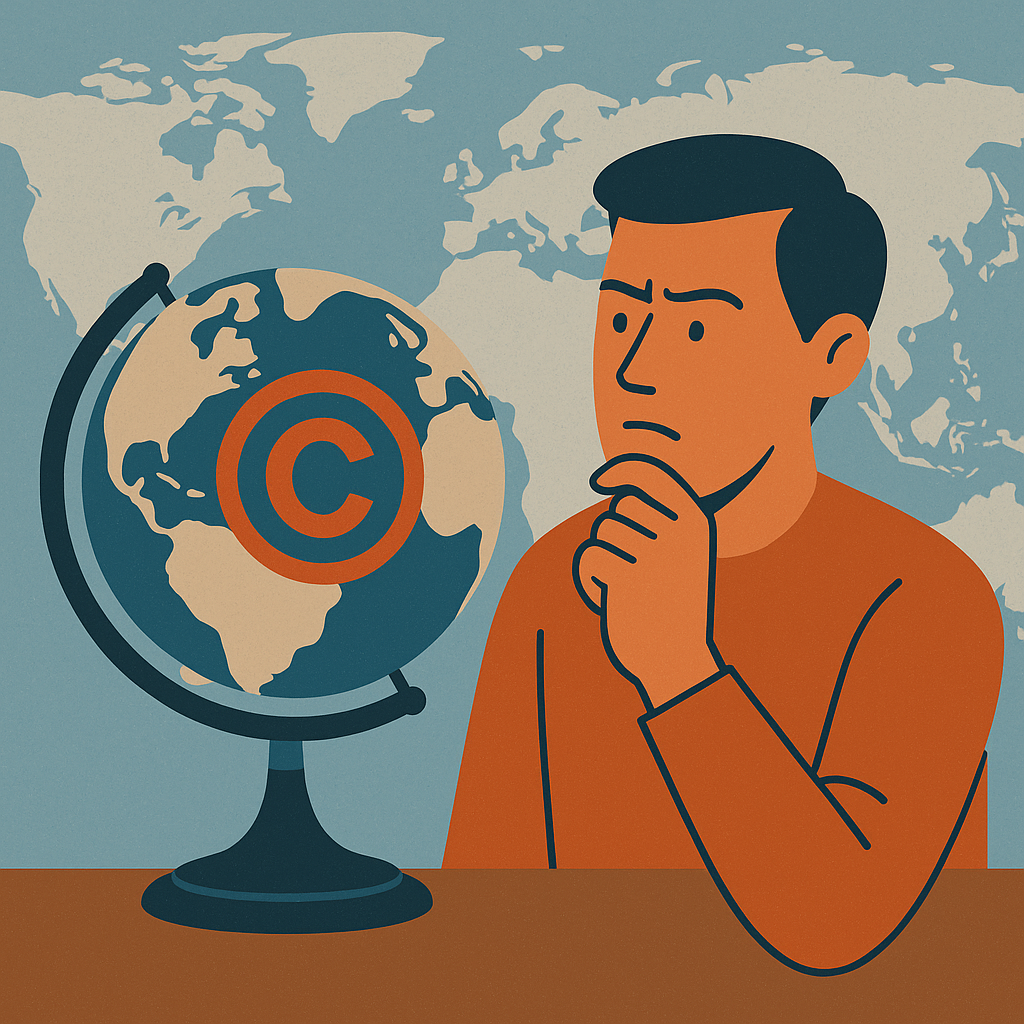 Copyright doesn’t stop at the border. Thanks to international treaties, Australian works enjoy protection in most countries around the world.
Copyright doesn’t stop at the border. Thanks to international treaties, Australian works enjoy protection in most countries around the world.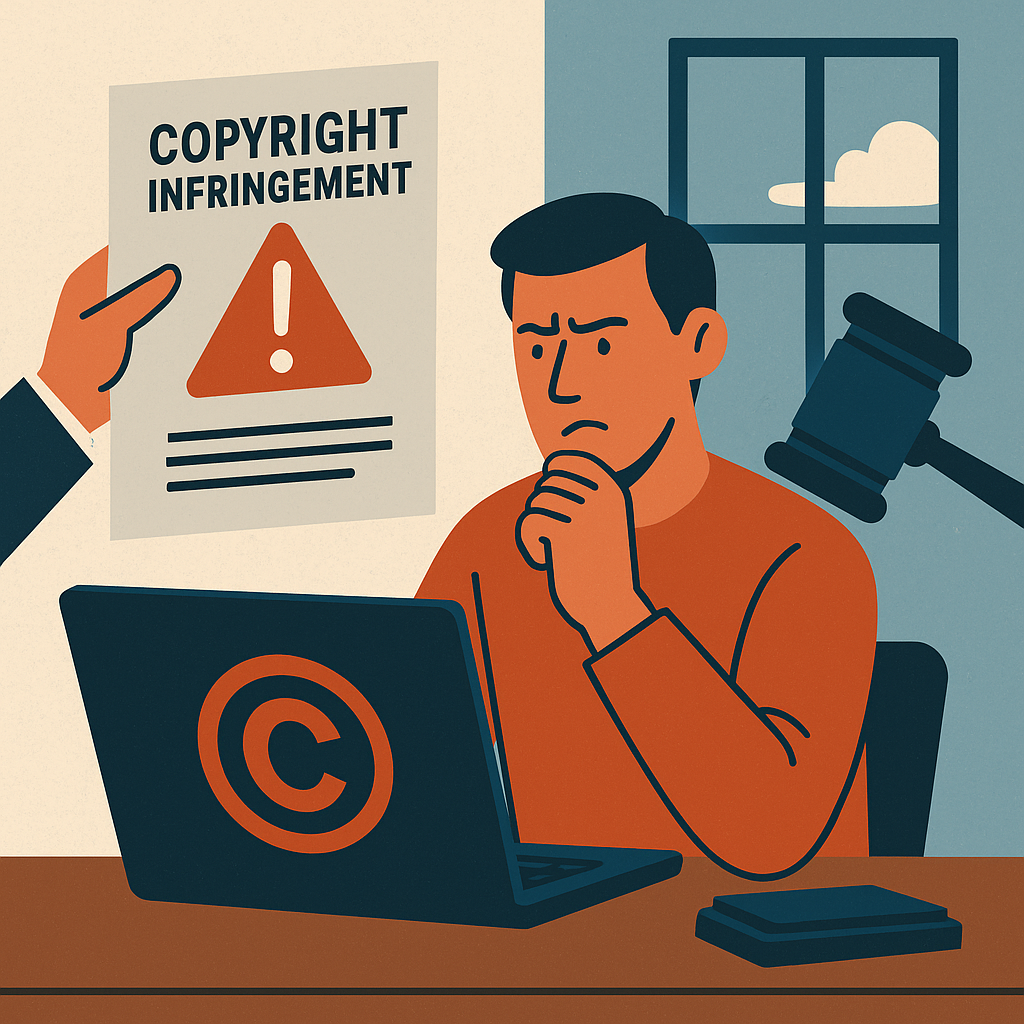 Copyright gives creators powerful rights. But those rights only matter if you can enforce them when someone crosses the line.
Copyright gives creators powerful rights. But those rights only matter if you can enforce them when someone crosses the line.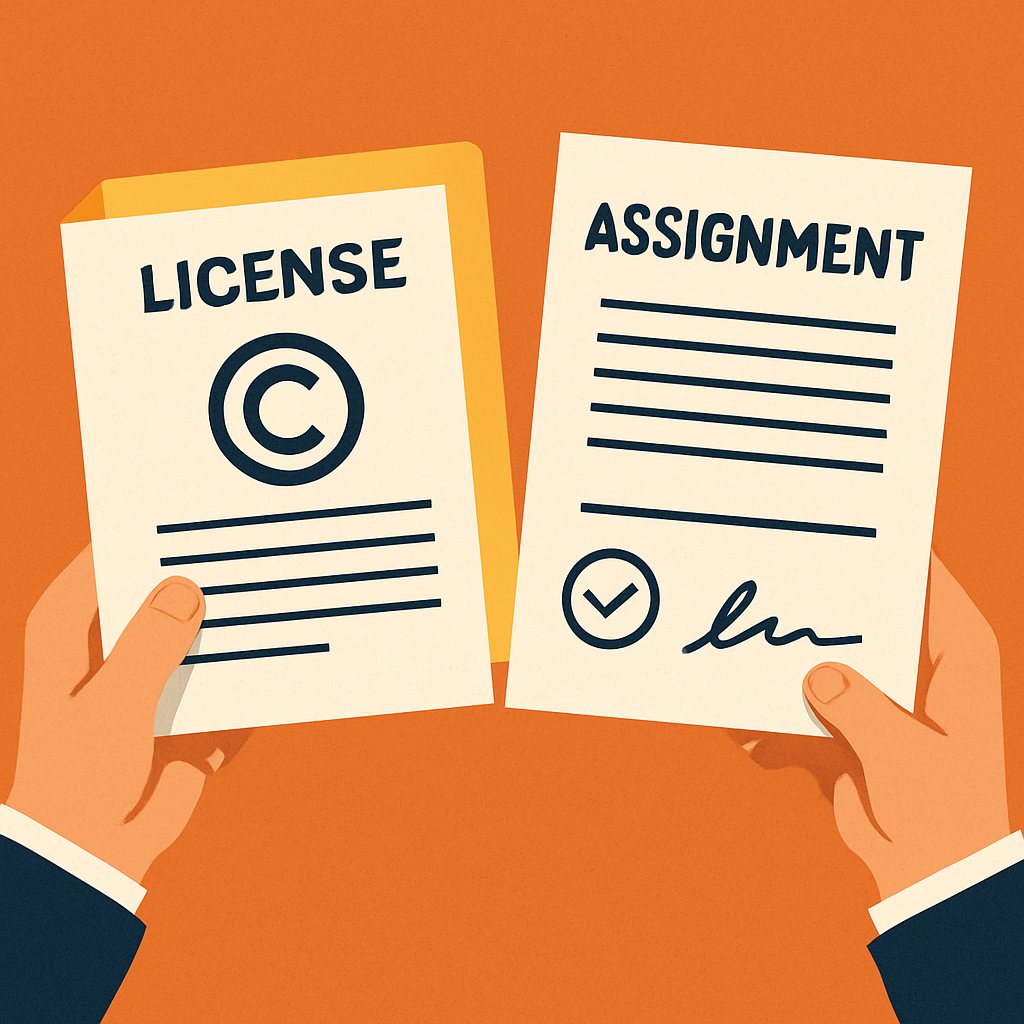 Owning copyright doesn’t mean you have to keep it locked away. In fact, some of the most powerful uses of copyright come from sharing it—on your terms. That’s where licensing and assignment come in.
Owning copyright doesn’t mean you have to keep it locked away. In fact, some of the most powerful uses of copyright come from sharing it—on your terms. That’s where licensing and assignment come in. If it’s online, it’s free to use… right? Wrong.
If it’s online, it’s free to use… right? Wrong.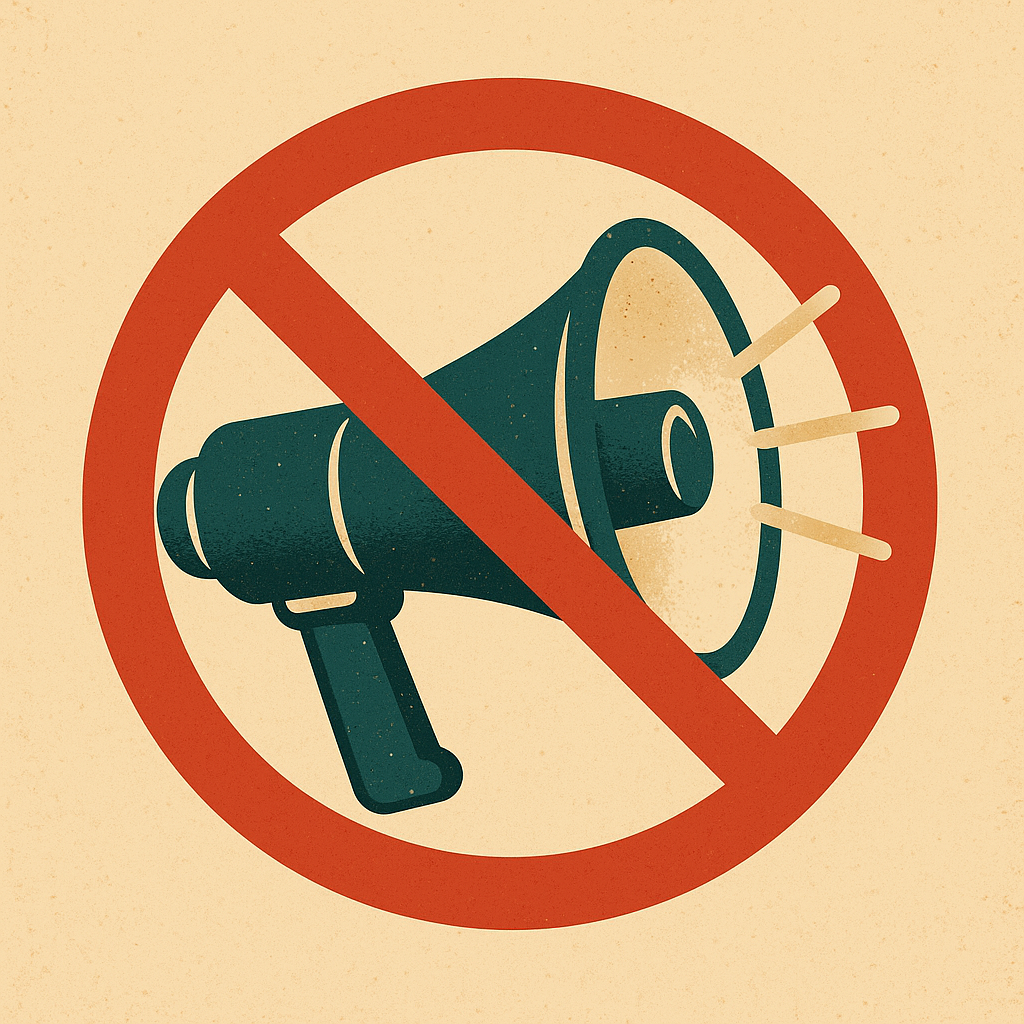 There’s a common misconception that “if I’m not making money from it, it’s fine.” Not so.
There’s a common misconception that “if I’m not making money from it, it’s fine.” Not so.